My friend Sarah attempting to consume cotton in a non-sustainable manner, photo by me.
It’s just after sunrise when my fellow traveling companion and I take off for a 2-hour drive out to the ethereal yet solemn terrain of California’s San Joaquin Valley, with its expanse of uniform agriculture revealed in the morning afterglow. In the same location that feeds the belly of the silicon beast, grows the Sustainable Cotton Project’s Cleaner Cotton™ For a typical city slicker like myself, a spontaneous venture out to the world's breadbasket was quite an extreme transition of environments. And seeing an extension of the sustainable agriculture movement revealed a whole other layer of value, or rather lack of value, in our clothing and the interconnected supply chains.
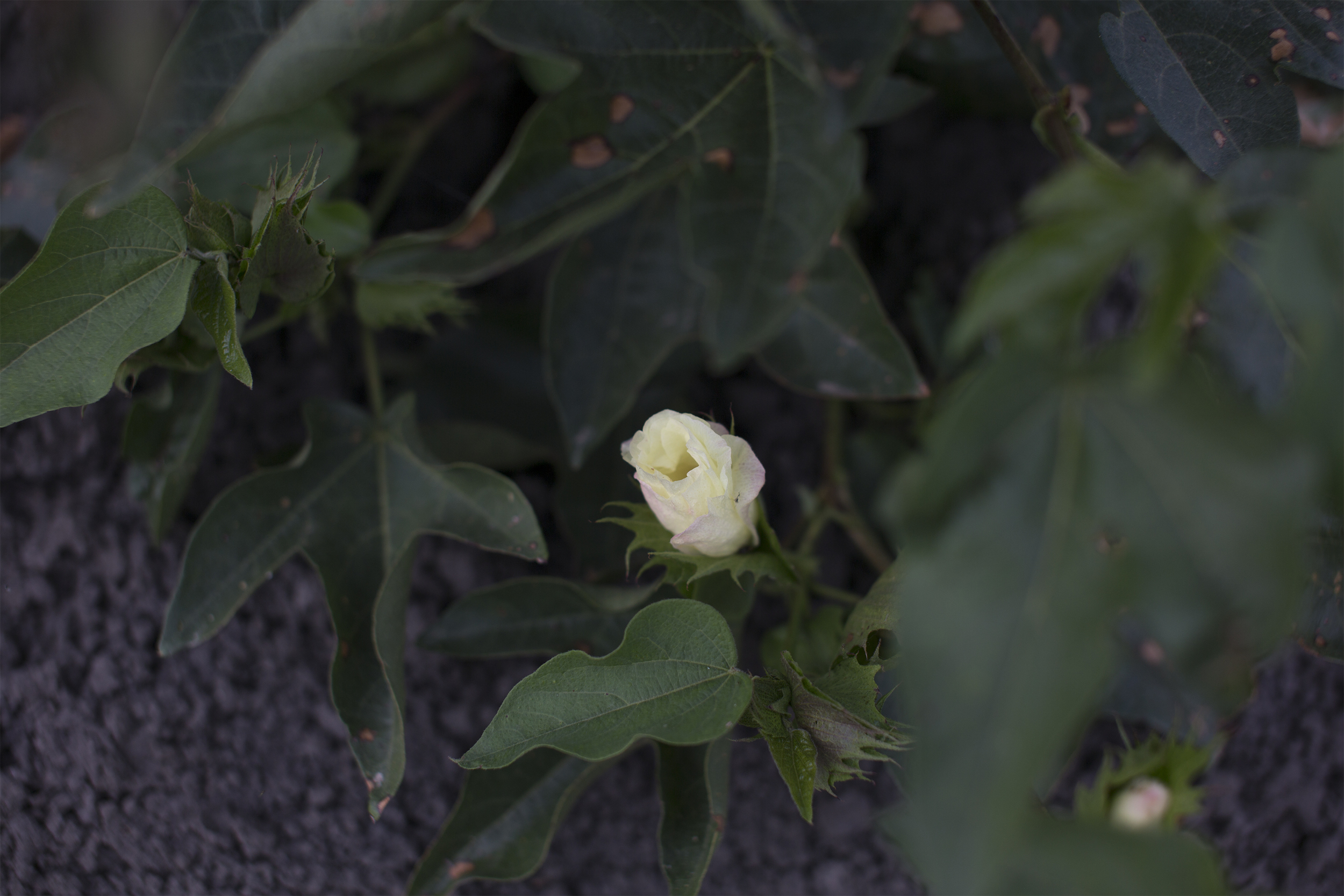
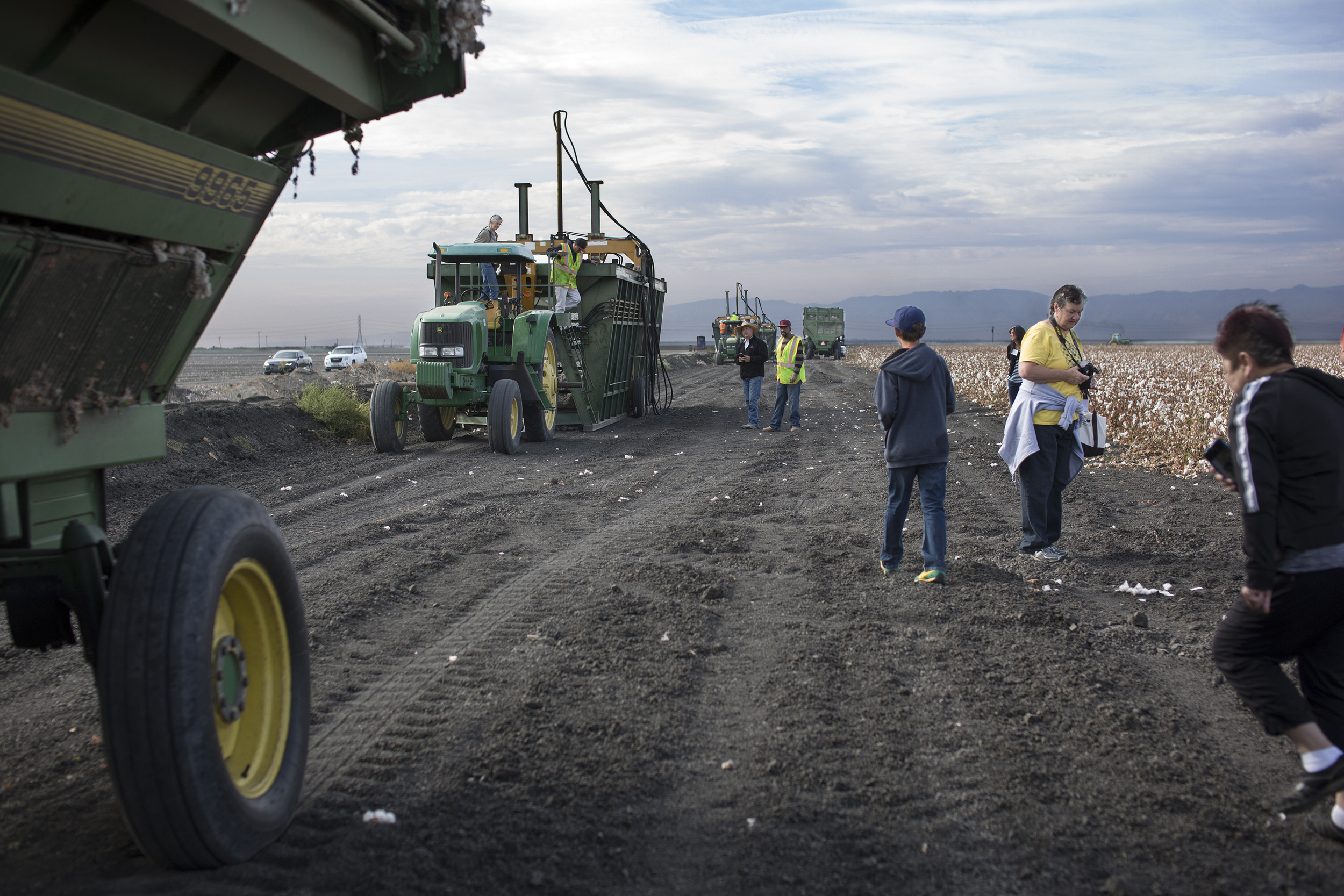
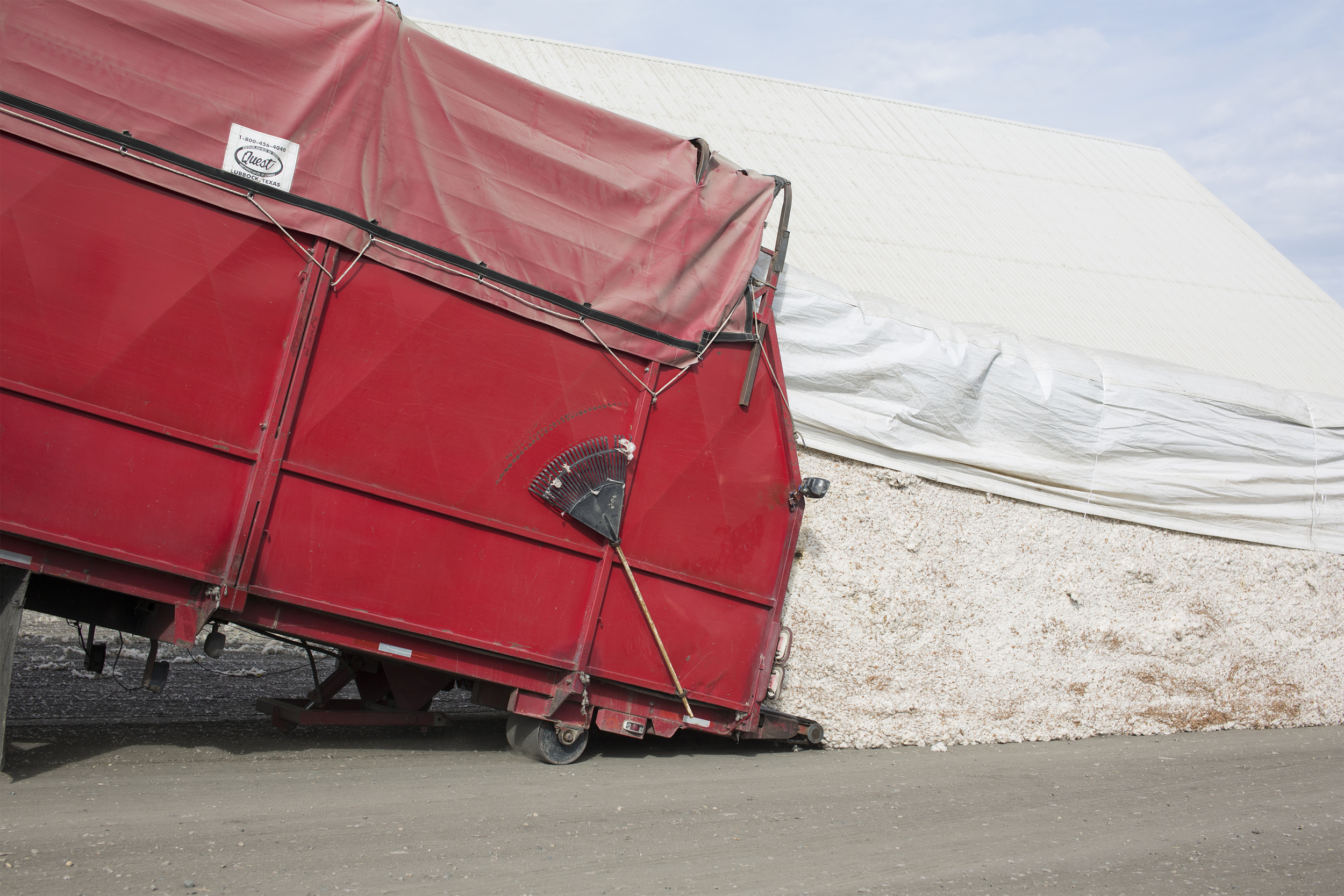
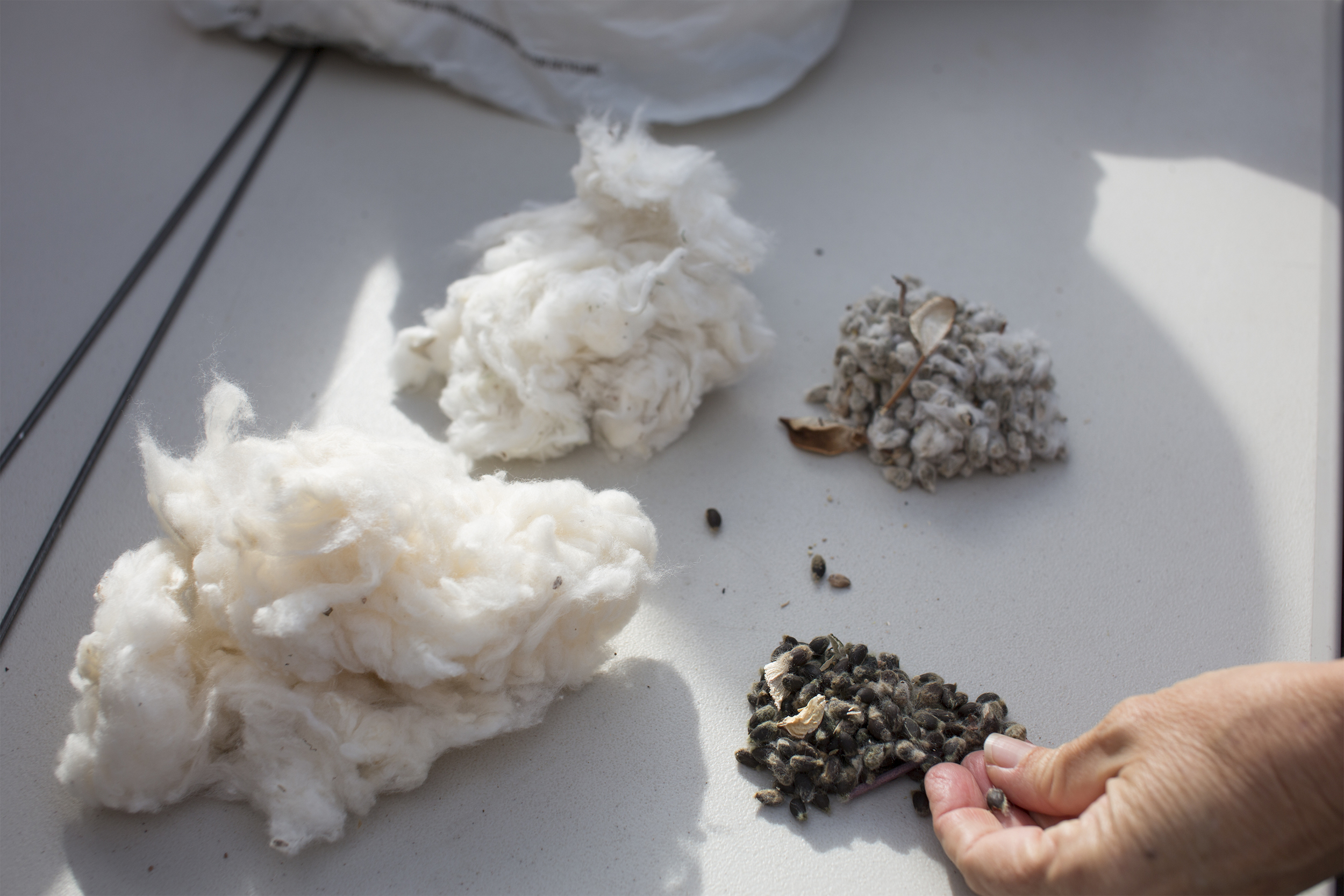
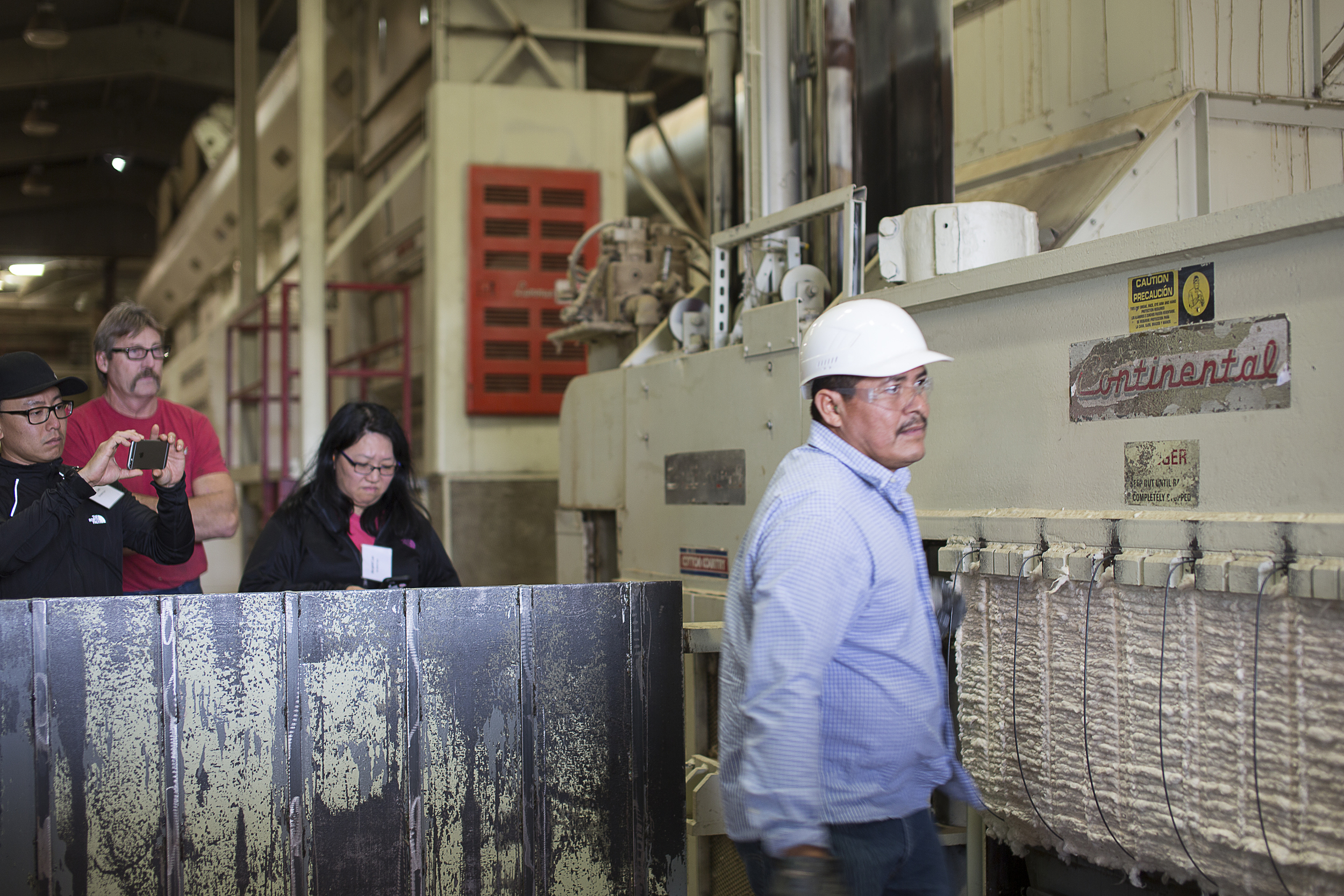
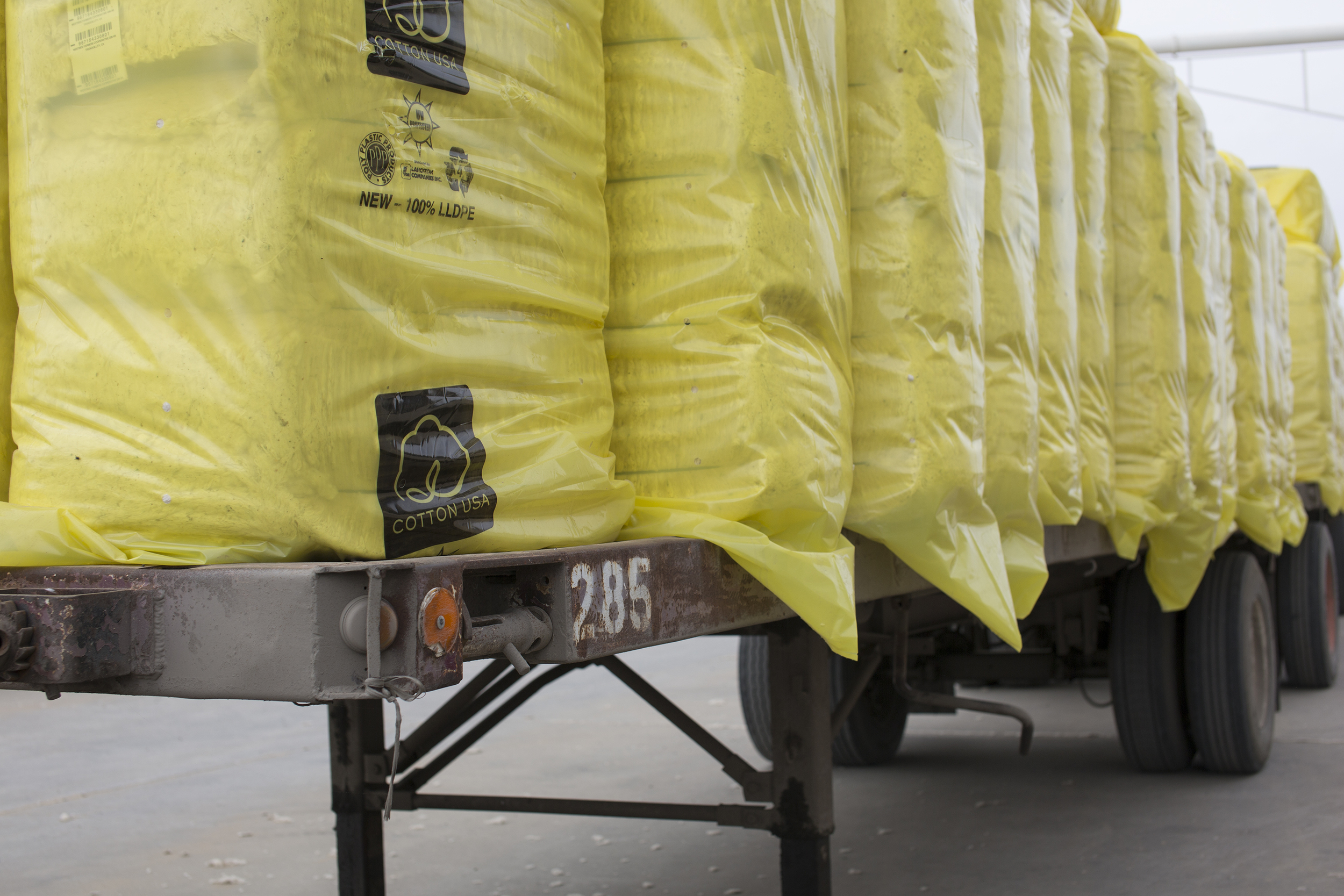

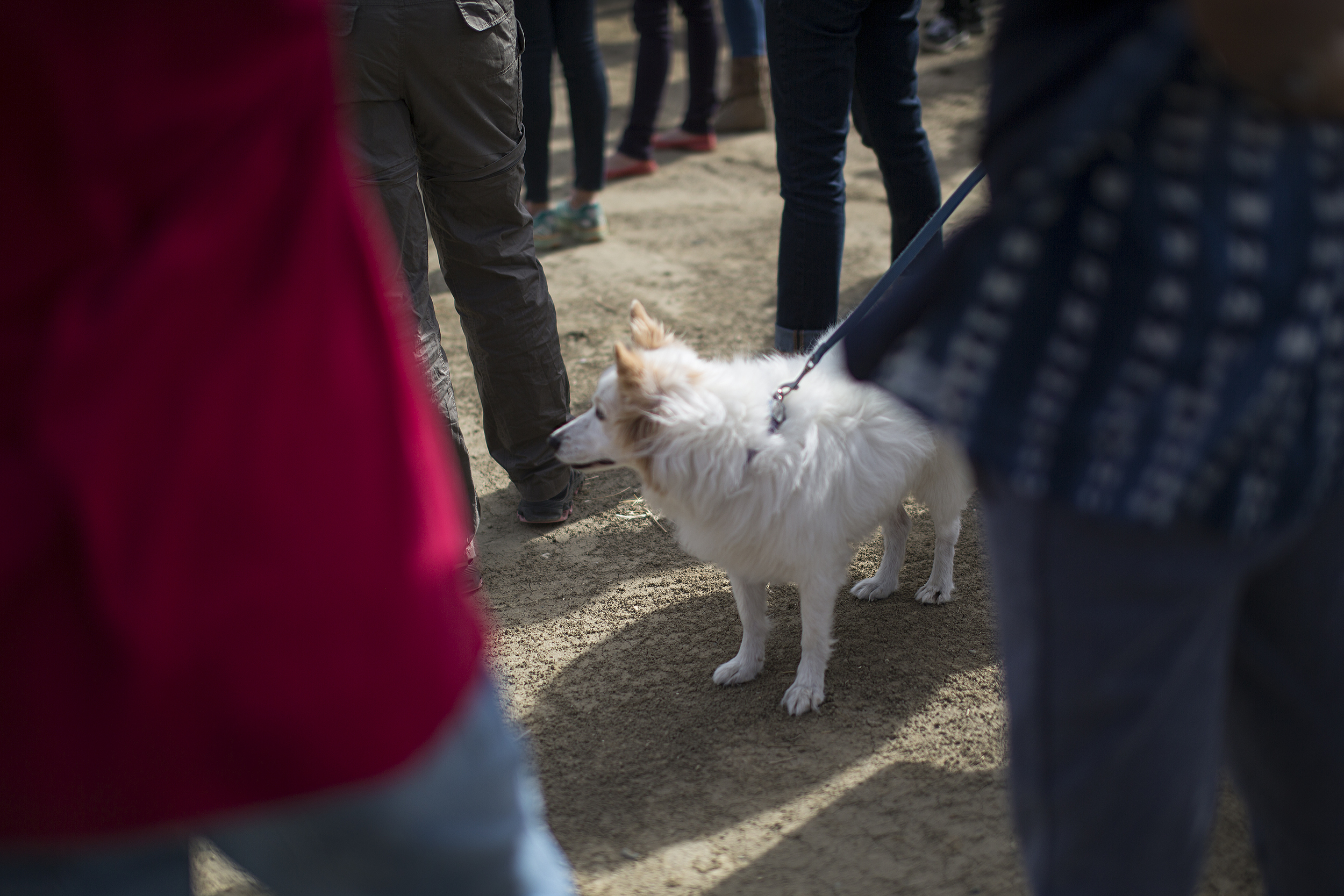
In the Silicon Valley Bay Area, the metaphor of money growing (and falling) from trees could not be more accurate. It’s the usual suspect for seemingly overnight emergence of technological ventures with initial capital investments valuing anywhere between the cost of a 30 second Super Bowl Ad ($4 million in 2014) to Obama’s vacation to Martha’s Vineyard ($100 million of our nation's taxpayer dollars). Tesla plans to expand cobalt mining (a headlining conflict mineral in Africa) to power more “greener" commuter vehicles of choice; the Whole Foods stock price drop could be seen as "good time for investors to snap up an excellent company for a good price”; while water-dependent businesses have seized new business ventures in response to California entering its 4th year of record-breaking drought. Despite this oversimplification of the seemingly limitless economic capacities in our region, it doesn’t discount the fact that there is one consistently limiting factor: the environment.
California's Top 5 Commodities in 2014 (million USD)
The agricultural industry may seem humble in comparison to the entire California economy, but it’s the lifeblood of commerce in the San Joaquin Valley. Here we have a small but nimble group of farmers supplying 40% of America’s fresh produce, growing more the 350 different crops. Even though SJV accounts for only 2 percent of the state’s total $2 trillion economy, the Central Valley leads more than 37% of ag production and processing statewide. Over one-fifth of jobs in the Central Valley are linked to agriculture, with every $1 generated by farms linked to the production of another $3.50 in the local and regional economy.
Infographic based on information from the UK Pesticide Action Network (source).
Yet underlying their agricultural prosperity are growing economic struggles — in 2013, about 26% of the Fresno County residents lived in poverty compared to 15.9% statewide, with a median household income of $35,000. And problems don’t seem to slowing down as farmers are being forced to curtail their water rights due to the drought . On top of that, poor schooling is a chronic problem in the valley, crime and homelessness are rampant, while leading the third highest rate of foreclosure crisis in the country.
Cotton Agriculture in 2013 (acres)
Cotton is a vital commodity in the development of the world’s clothing industry, most of which are produced through conventional/chemical ways (i.e. pesticides, herbicides, etc.). Only a small group of organizations are trying to connect brands to farmers that provide “cleaner” sources. Although organic cotton agriculture may not be an economically viable venture in California, which is grown according to the USDA’s National Organic Standard using non-genetically modified seeds, Cleaner Cotton™, the roistered trademark for cotton grown in SCP’s program, just might be the one-two punch strategy.
Even though Cleaner Cotton™ uses both genetically modified seeds from Monsanto or non-GMO seeds, which maintains the seed supply for the future- new (and safer) agricultural jobs are created in the local economy while removing several tons of the 13 deadliest pesticides from farmland. Regardless of the origin of the seed, all Cleaner Cotton™ is grown under stringent production methods that enhance the environmental goals of any existing organic cotton program.
The Sustainable Cotton Projects' "Nine Good Reasons
to Implement the Cleaner Cotton™ Program."
Applied Water for California Crops in 2010 (million acre/feet)
Overall, this tour has given me an expanded appreciation of the resources that go into producing our clothing. Through researching why I didn't want to be involved in the Fashion industry, I've come across gut-wrenching problems that riddle the industry like pollution (right behind the oil industry, the #1 most polluting industry on the planet), the exploitation of less fortunate countries and communities (Rana Plaza collapse in 2013), and health concerns (carcinogenic dyes to warped body issues), and more.
Nonetheless, we are making healthier choices which are reflected in social changes like the growing options of organic and whole foods, the growing awareness of global warming, and the greater use of holistic and preventative care practices. It only seems natural that the filtering of our consumer behavior should extend to our clothing and fiber choices. However, the cleaner cotton product would still requires production and scaling for sustainability, and may put an immediate strain on already limited local water resources. Ideally, we would encourage the use of hemp, which is arguably the most sustainable textile and nutritional product on this planet, but it’s gone through the wringer of legislation for quite some time. Hopefully, a sustainable planet won’t be the stuff made of green dreams. And perhaps there is hope for all of us to extend the life of our current wardrobes - to buy just one less “dirty” shirt, and invest in a “cleaner” alternative.
Updated in 2019.
